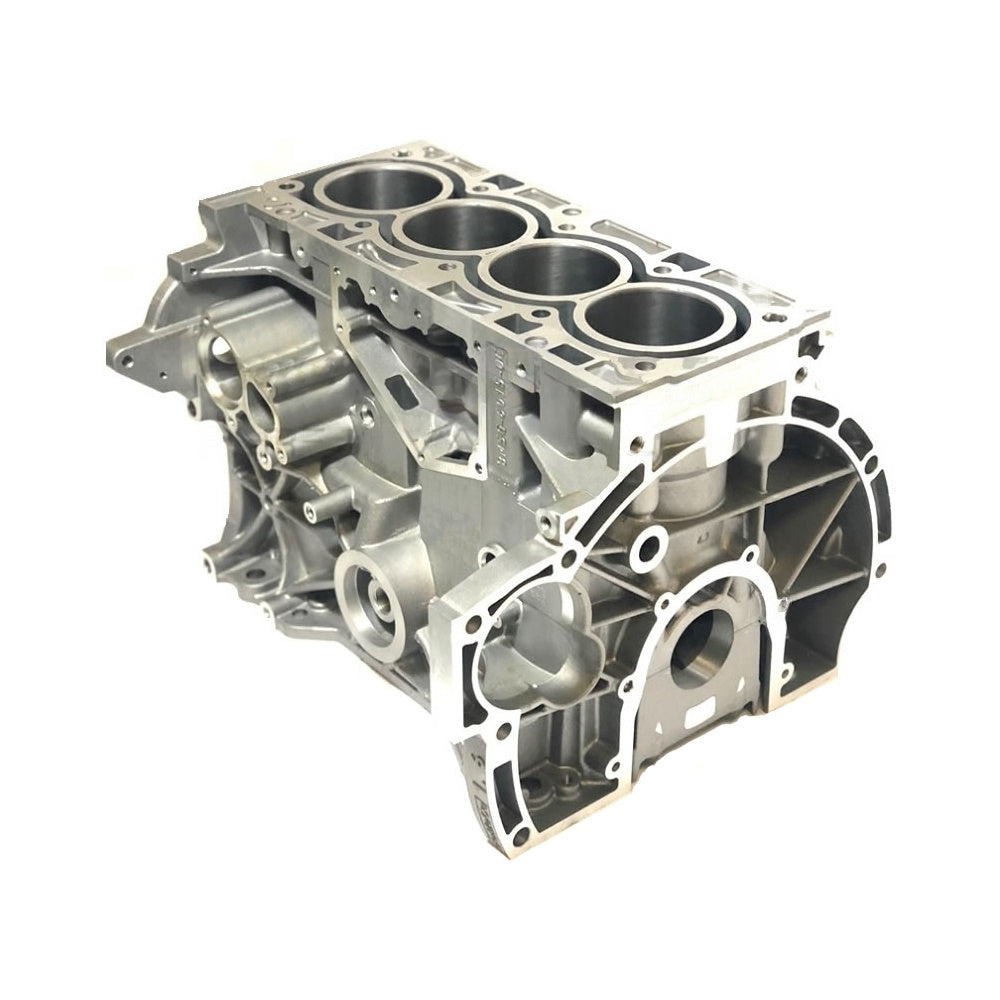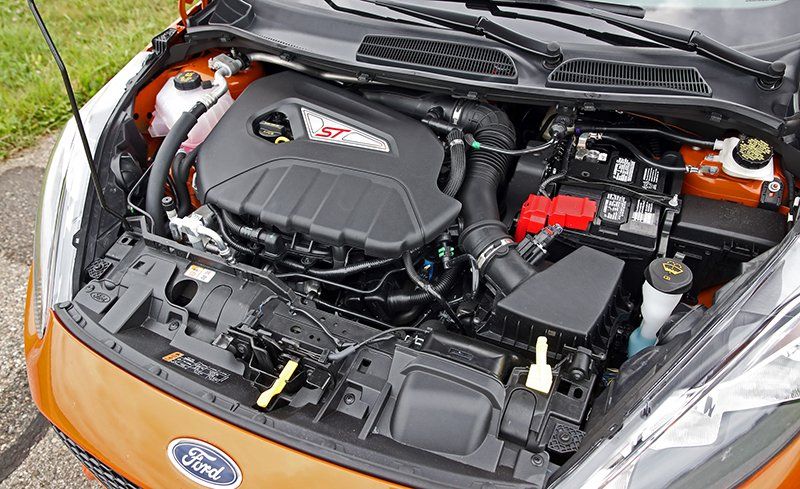Essential Services for Keeping Your Ford Fiesta Engine in Peak Condition
The Future of Engines: Technologies Driving Sustainable Power Solutions
As the automotive market navigates the necessary shift towards sustainability, the future of engines is progressively defined by groundbreaking advancements. Electric engine advancements, together with encouraging advancements in hydrogen gas cells and biofuels, are improving the landscape of power solutions. The introduction of hybrid systems even more complicates this advancement, presenting both possibilities and difficulties to minimize emissions properly. Coupled with the combination of expert system in engine design, these technical strides increase critical questions concerning their long-term practicality and effect on typical paradigms. What might this mean for the market and customers alike?
Electric Engine Dope
The evolution of electric engine growths represents a crucial change in the aerospace and auto sectors, driven by the urgent need for lasting choices to fossil gas. This change is characterized by substantial advancements in battery innovation, power electronic devices, and electric motor design, which jointly improve the effectiveness and performance of electric engines.
Recent innovations have actually brought about the creation of lighter, more energy-dense batteries, such as lithium-silicon and solid-state batteries, which promise longer arrays and much shorter charging times. Additionally, enhancements in electric motor performance, such as making use of permanent magnets and progressed cooling down systems, make it possible for electrical engines to run effectively under differing conditions. These enhancements not just improve vehicle efficiency however likewise contribute to a reduction in overall power consumption.
Moreover, the integration of sophisticated software formulas has maximized energy administration in electrical automobiles, enabling regenerative stopping and anticipating billing techniques. As producers increasingly welcome electric propulsion, the aerospace and auto sectors are observing a paradigm change in the direction of greener modern technologies. This development not just satisfies regulatory needs but additionally aligns with consumer choices for ecologically pleasant transportation options, solidifying electric engines as a keystone of future sustainable wheelchair.
Developments in Biofuels
As the auto and aerospace sectors progressively focus on lasting power sources, improvements in biofuels become a complementary option to electrical engines. Biofuels, derived from organic materials such as crops, waste, and algae, present a cutting-edge avenue for lowering greenhouse gas discharges and reliance on fossil gas.
Current research study has actually concentrated on enhancing the efficiency and sustainability of biofuel manufacturing. Second-generation biofuels use non-food feedstocks, decreasing competitors with food supply and reducing ecological effect. Improvements in artificial biology have actually made it possible for the design of microbes to generate biofuels much more properly, leading to greater returns and lower production prices.
Additionally, the development of drop-in biofuels allows for smooth assimilation into existing infrastructure, enabling a smoother transition for industries typically based on nonrenewable fuel sources. ford fiesta engine. These gas can be utilized in current engines without adjustments, facilitating their fostering throughout different sectors
Investments in biofuel modern technology, in addition to helpful policies, are vital to drive advancement and scalability. As the international community seeks to battle climate modification, biofuels use a pragmatic, immediate remedy that aligns with the overarching goal of sustainability in transportation and aeronautics.
Hydrogen Fuel Cell Modern Technology
An expanding number of researchers and business are discovering hydrogen fuel cell technology as a feasible choice to traditional power sources in transport and energy systems. This innovation transforms chemical energy from hydrogen right into electrical power through an electrochemical response, with water as the only by-product, making it an eco-friendly alternative.
The core of hydrogen fuel cells is the fuel cell pile, where hydrogen molecules are divided into electrons and protons. The flow of electrons creates electrical energy, while protons move with a membrane to integrate with oxygen from the air, forming water. This procedure results in high performance and low discharges, placing hydrogen gas cells as a crucial player in the transition to sustainable power.
Substantial innovations have been made in enhancing the resilience and performance of fuel cells, together with lowering prices through innovative manufacturing strategies. The growth of hydrogen production methods, such as electrolysis powered by sustainable power resources, boosts the sustainability of the general system. As facilities for hydrogen refueling expands and manufacturing approaches come to be a click for source lot more reliable, hydrogen gas cell modern technology holds fantastic promise for decarbonizing various markets, including sturdy transport and fixed power generation.
Crossbreed Equipments and Their Effect
Crossbreed systems stand for a substantial evolution in lasting engine modern technology, combining typical interior burning engines with electric propulsion to maximize energy effectiveness and decrease emissions (ford fiesta engine). This double method allows vehicles to make use of both source of power, allowing find this greater adaptability in power usage and decreasing dependence on fossil gas

In addition to ecological benefits, hybrid systems use consumers a viable shift towards fully electrical cars. They alleviate variety anxiety by incorporating the comfort of fuel with the advantages of electric propulsion, making them an attractive option for a bigger audience.
The Function of AI in Engine Layout
Leveraging innovative algorithms and equipment knowing methods, the auto market is progressively incorporating synthetic knowledge (AI) right into engine design procedures. AI boosts the performance and effectiveness of style by read what he said assessing huge datasets to identify optimal arrangements and performance parameters. This ability allows designers to imitate different operating problems and predict engine behavior under numerous situations, considerably lowering the time and price associated with standard prototyping approaches.
Additionally, AI assists in the growth of innovative products and burning procedures customized for sustainability. By maximizing fuel effectiveness and lessening discharges, AI-driven styles line up with global initiatives targeted at minimizing the carbon impact of vehicle engines. Equipment knowing formulas can additionally predict maintenance needs, resulting in improved integrity and long life of engine components.
Moreover, AI contributes in the integration of electrification technologies, such as crossbreed systems, where it can maximize battery administration and power recovery processes. As the sector relocates towards even more sustainable power solutions, the function of AI in engine design ends up being significantly crucial, driving technology and boosting the performance of future engines. Ultimately, the cooperation between AI and engine design proclaims a brand-new era of smarter, cleaner, and extra reliable auto innovations.

Conclusion
Finally, the future of engines is being shaped by a merging of cutting-edge technologies that prioritize sustainability. Electric engine improvements, biofuel developments, hydrogen fuel cells, and hybrid systems collectively contribute to a significant reduction in exhausts and environmental effect. Additionally, the assimilation of artificial intelligence in engine design improves efficiency and efficiency. These transformative services highlight a commitment to producing a cleaner, a lot more lasting vehicle landscape, ultimately profiting both culture and the setting.
Electric engine advancements, alongside promising developments in hydrogen fuel cells and biofuels, are improving the landscape of power remedies. Additionally, renovations in electrical motor efficiency, such as the usage of long-term magnets and advanced cooling systems, enable electrical engines to run properly under varying conditions. By maximizing gas effectiveness and lessening emissions, AI-driven designs align with worldwide initiatives intended at lowering the carbon footprint of auto engines. As the sector relocates towards more sustainable power options, the duty of AI in engine design comes to be progressively crucial, driving development and boosting the efficiency of future engines. Electric engine advancements, biofuel growths, hydrogen gas cells, and crossbreed systems collectively add to a significant decrease in emissions and ecological impact.